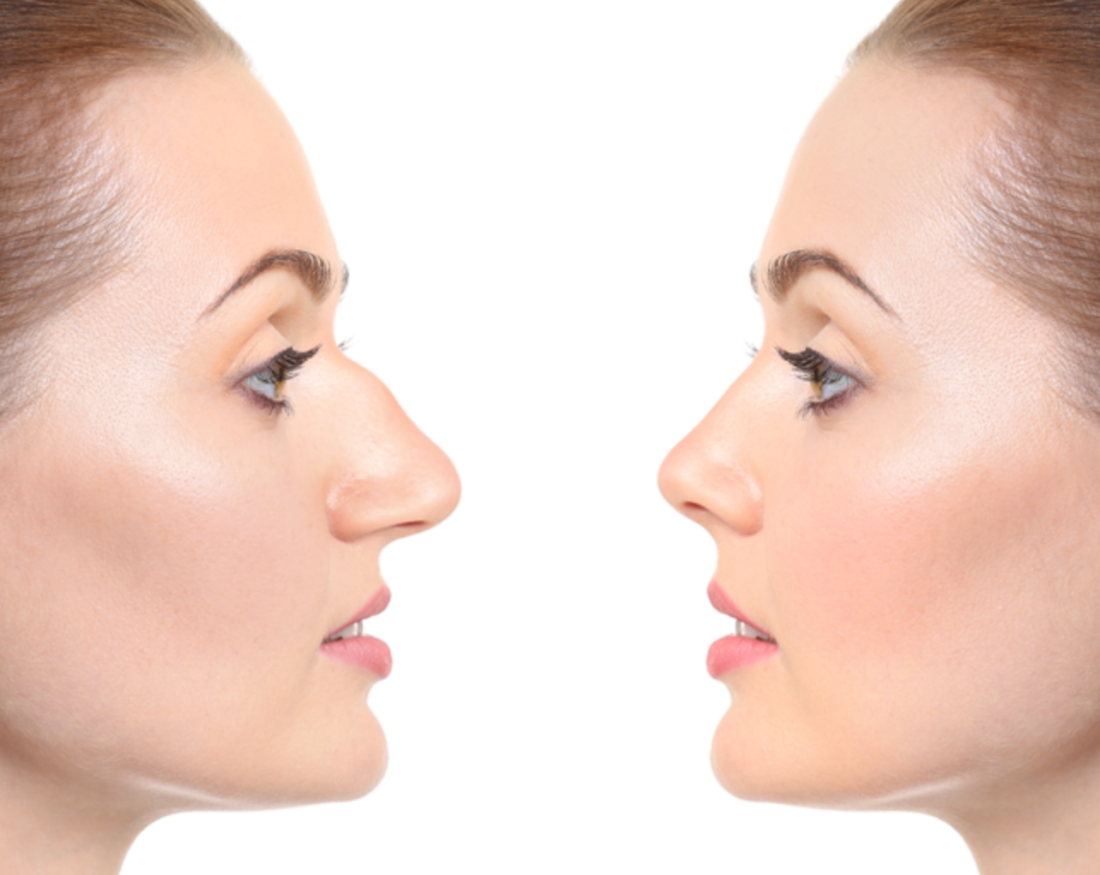Rhinoplasty, also known as an “Nose Job,” requires undertaking a surgical process designed to alter and improve the nose in terms of both cosmetic appearance and functionality. As with any procedure it’s vitally important that patients fully comprehend all its details – especially those looking into Rhinoplasty in NJ. Cosmetic surgery is not an ordeal someone should take lightly, thorough research and vetting of surgeons can make a vast difference in the experience and final outcomes of the procedure. This article will serve as a guide for New Jersey residents looking to improve their noses while staying safe.

Cosmetic and Functional Aspects of Rhinoplasty
Rhinoplasty usually involves alteration to the nasal bridge, nostrils and overall symmetry to achieve an aesthetic goal; while functional rhinoplasty involves correcting structural issues that prevent airflow through procedures like deviated septum correction.
Who Should Consider Rhinoplasty
The necessity of Rhinoplasty in NJ is an individual decision. Rhinoplasty may help improve the aesthetics of one’s nose, correct any asymmetry issues or address functional breathing issues impacting breathing ability. Common reasons include cosmetic enhancement, functional improvement after trauma/injury as well as congenital abnormalities.
The Rhinoplasty Process:
Before the Procedure
Before Beginning The procedure starts with an in-person consultation with an experienced rhinoplasty surgeon to discuss goals, medical history and recommendations from him or her. Once your consultation and medical evaluation are complete, a comprehensive medical exam is then performed which evaluates overall health issues including any current medications taken and creates an individualized treatment plan tailored specifically for you based on these assessments and goals.
During the Procedure
Rhinoplasty procedures typically use either local anesthesia with sedation or general anesthesia depending on its complexity and personal preferences. A surgeon will make incisions either inside the nostrils or across the columella depending on which approach has been selected; precision will be key when shaping bone and cartilage to achieve your desired outcomes.
After the Procedure
Following any procedure, recovery typically includes swelling, bruising and discomfort for at least several days afterward. Patients must adhere carefully to post-op care instructions including keeping head elevated while using cold compresses as prescribed, and refraining from activities which might impact healing progress. Regular follow up appointments with your surgeon are necessary in order to monitor healing progress as well as remove nasal packing or splints while answering any concerns you might have; results will become evident over several months due to residual swelling subsiding.
Selecting the Right Surgeon
An important step to ensure a positive rhinoplasty in NJ experience is selecting an experienced surgeon with credentials, experience, patient reviews and facility accreditation. A good surgeon will understand your goals while explaining procedures with potential risks outlined and managing expectations effectively.
Rhinoplasty in NJ Might Be Right For You
Rhinoplasty can be an amazing journey that enhances both aesthetics and functionality, so before making a final decision on having one done in New Jersey it’s wise to research thoroughly and consult with certified surgeons prior to embarking on it. By understanding the procedure itself as well as choosing an experienced surgeon you’re more likely to face your journey confidently and achieve results for an aesthetically harmonious facial structure that lasts long into the future.
.



